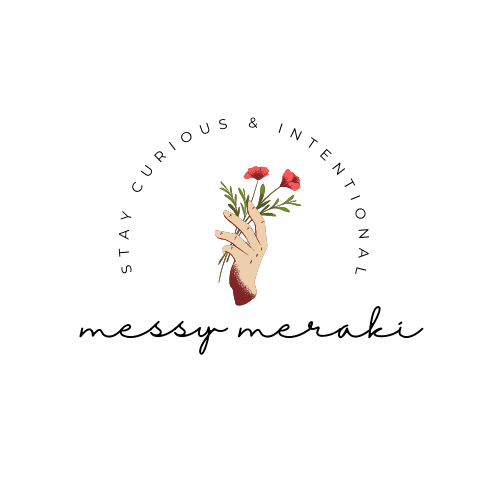I used to think that social work was my career and photography was my hobby. It’s become more complicated than that, though. I know beyond a reason of a doubt that there is a therapeutic value to photography of which we have hardly scratched the surface.
In a world full of selfies, what is it that we’re trying to say? What are we hoping to perceive? Why are we hiding behind our screens, tucked safely away in our Instagram accounts?
Why is the camera feature on a brand new smartphone such a high selling point?
I would argue that it boils down to perception and documentation. We are obsessed with how we are perceived online. And we are obsessed with documenting our lives. These two things can become messily intertwined.
The introduction of digital photography opened so many doors for anyone with the slightest interest in photography. Suddenly it was all about instant gratification; it was more than just no longer having to wait weeks to develop film. We no longer needed to have a firm grasp on technical aspects because our cameras started doing that for us. Exposure triangle? No thanks, I’ll just keep it on auto…
In a way, a major piece of the art of photography is lost somewhere in here. Photographs become snapshots. Moments are captured, but the message is lost. What we are left with is a hard drive full of occasions, photos taken because that’s-just-what-we-do and because maybe one day we’ll actually make that photobook we said we’d make last year.
What if we took the time to dig deeper? What if we could bring back the meaning and the art behind a photograph? What if we could document our moments in a way that feeds our soul and caters to our own perceptions in a way that communicates our emotions in an honest way?
Photography is an art, and art, like other forms of therapy, is expressive communication. Enter: therapeutic photography.


